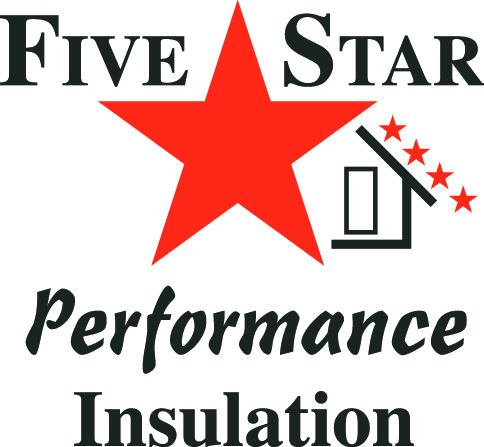The fall season is upon us, which means that in many parts of the country, the rainy season is beginning in earnest. If your home isn’t entirely waterproofed, this could mean that some amount of water gets on your insulation. Similarly, leaking pipes, condensation and more can result in water coming into contact with your home’s insulation. The effect this has, however, will ultimately depend on the type of insulation that you have installed at your home.
Different types of residential and commercial insulation in Sacramento, CA react to water damage in differing ways. Whether or not water exposure destroys your insulation will largely depend on the amount of water exposure, the type of insulation and the age of the insulation. If you’re unsure about whether or not you should replace your insulation, it’s always advisable to consult with an insulation professional to be certain.
Here are the ways that the most common types of insulation in Sacramento, CA may react to water exposure:
- Spray foam insulation: Spray foam insulation forms closed cells that are impervious to water and other contaminants. Spray foam insulation typically boasts the highest resistance values out of all insulation materials, as well. If your spray foam insulation is exposed to water, use a dry rag to wipe off the excess moisture, and let the rest evaporate off of the surface.
- Fiberglass insulation: Fiberglass insulation is made from recycled glass, so it can’t absorb water or begin to grow mold or deteriorate. Unfortunately, however, if water begins to pool inside the fiberglass insulation, it can reduce its heat resistance tremendously. If your fiberglass insulation is exposed to water, you need to help it dry out as best you can.
- Cellulose insulation: Cellulose, which is made from plant fibers, is very susceptible to water damage. Many homeowners choose cellulose insulation because it’s a more ecologically conscious choice. However, cellulose insulation molds rapidly after exposure to water. Even in the event of a very small leak, it may be necessary to replace your home’s insulation.
- Cotton insulation: Like cellulose, cotton insulation is made of plant fibers that wick up moisture and mold rapidly. If a small area of cotton insulation is exposed to water, however, it may be possible to remove just a small amount of that cotton and leave the rest of the insulation intact.
- Foam board insulation: Similarly to spray foam insulation, foam boards are completely impervious to water. If your foam board insulation is wet, however, it could be trapping water against your home’s walls or support beams. It’s important to investigate wet foam board, so as to prevent potential damage caused to your home’s drywall or structural integrity.
Since 1995, 5 Star Performance Insulation, Inc. has been a premier provider of insulation in Sacramento, CA. We’re proud to serve Sacramento and the greater Central Valley with high-quality insulation installation, replacement and maintenance. Contact one of our friendly representatives today to learn more about ways that we can help you insulate your buildings.
